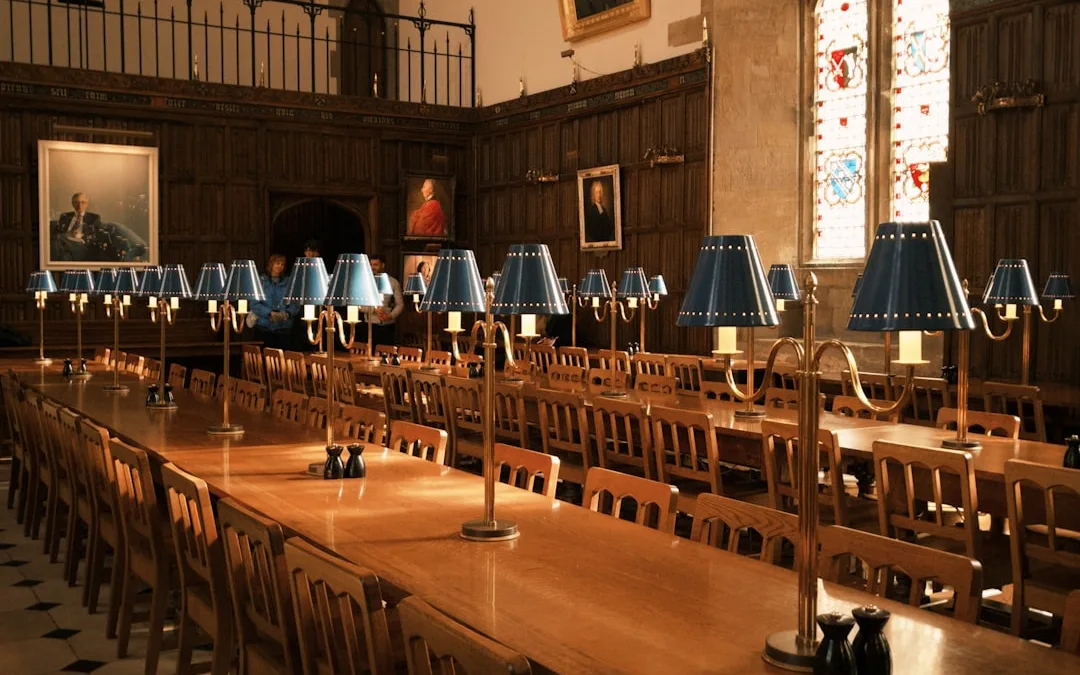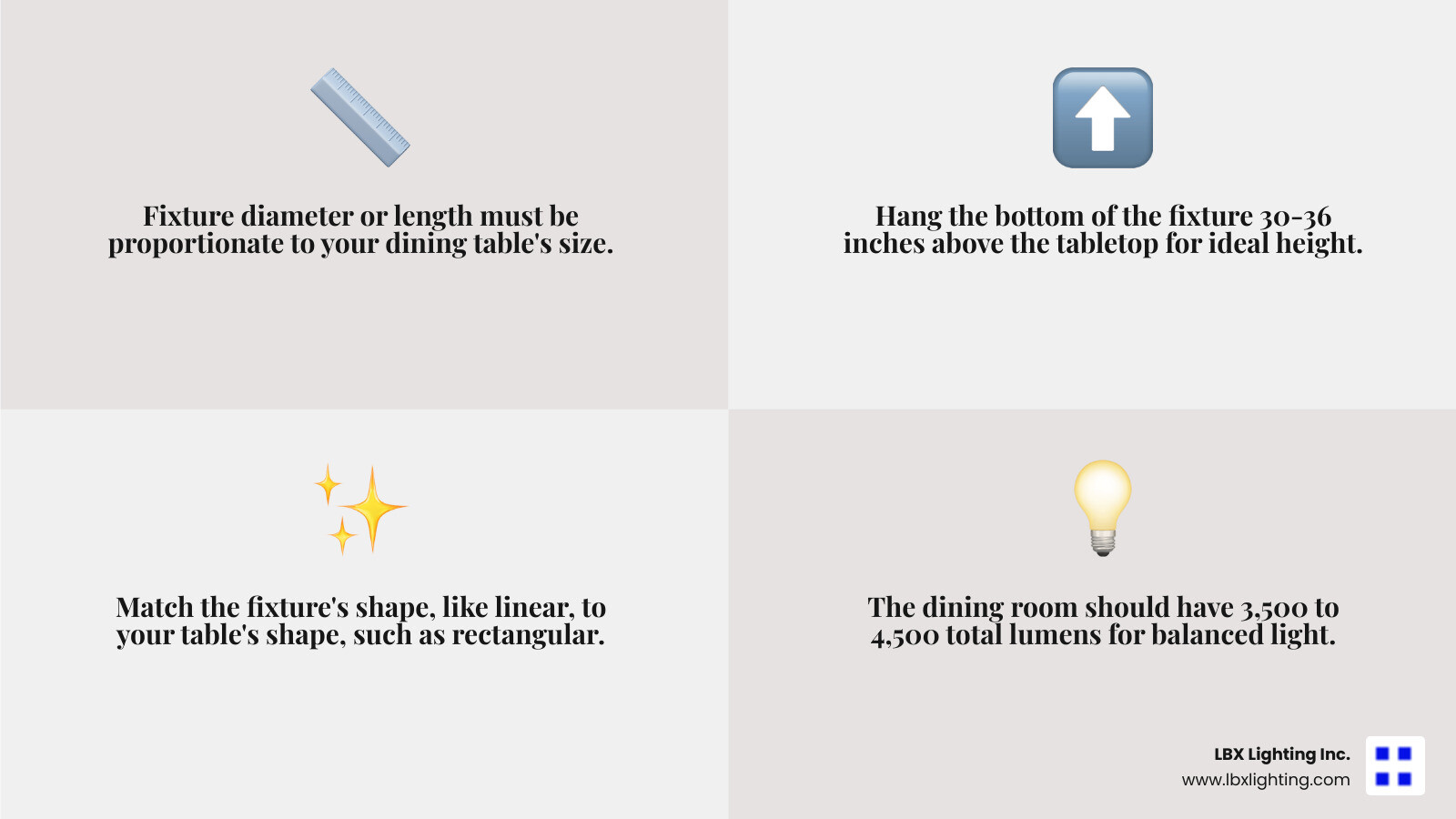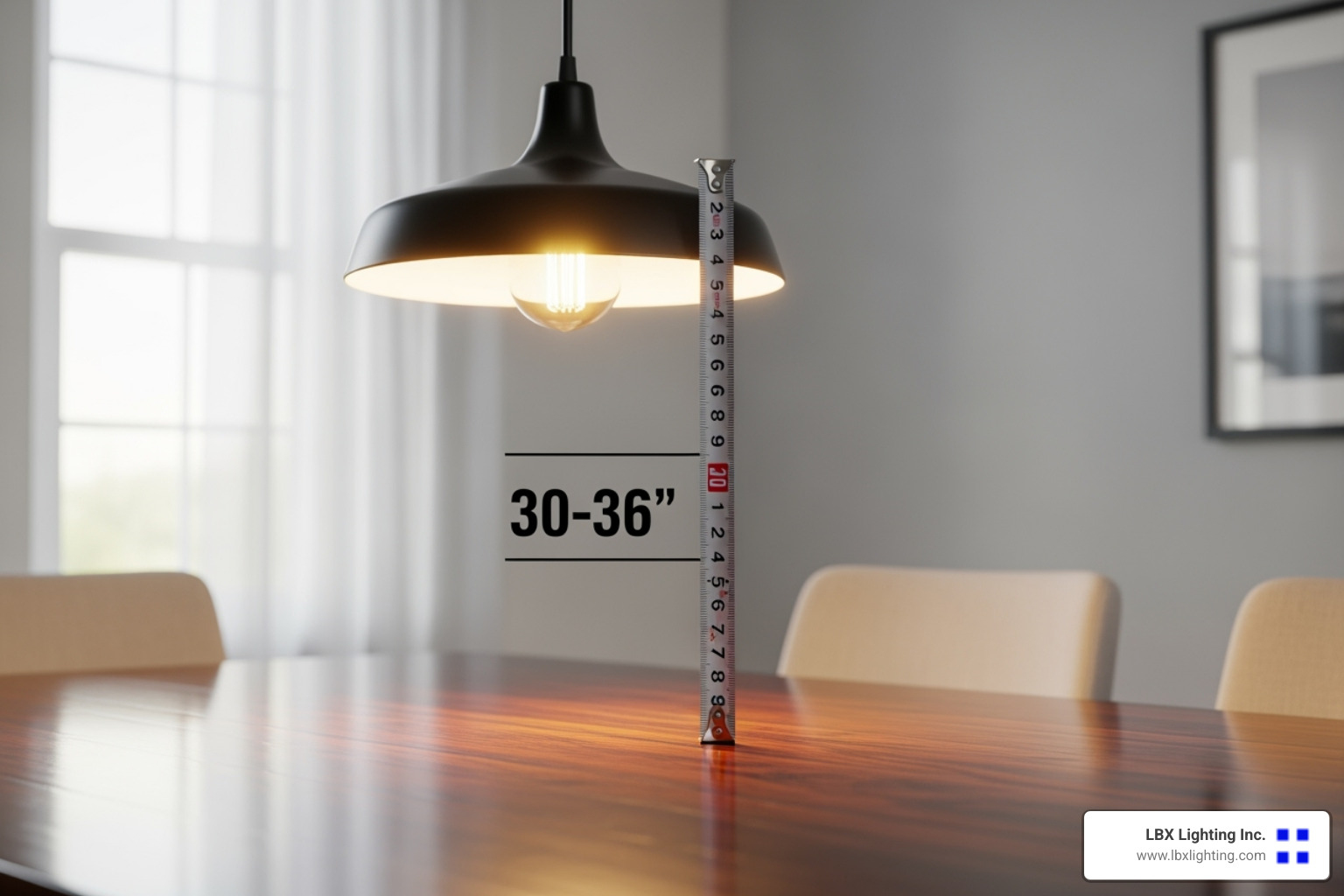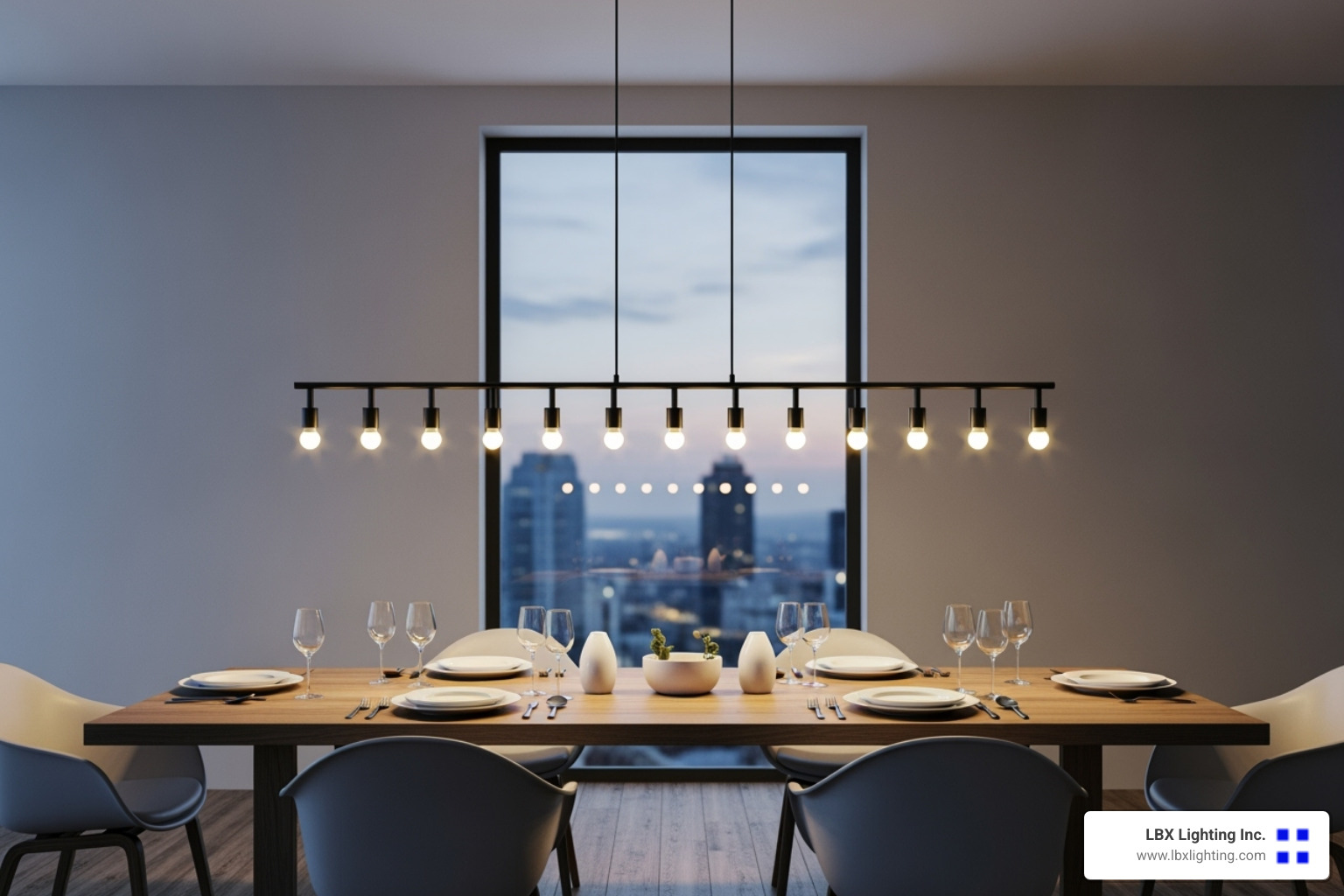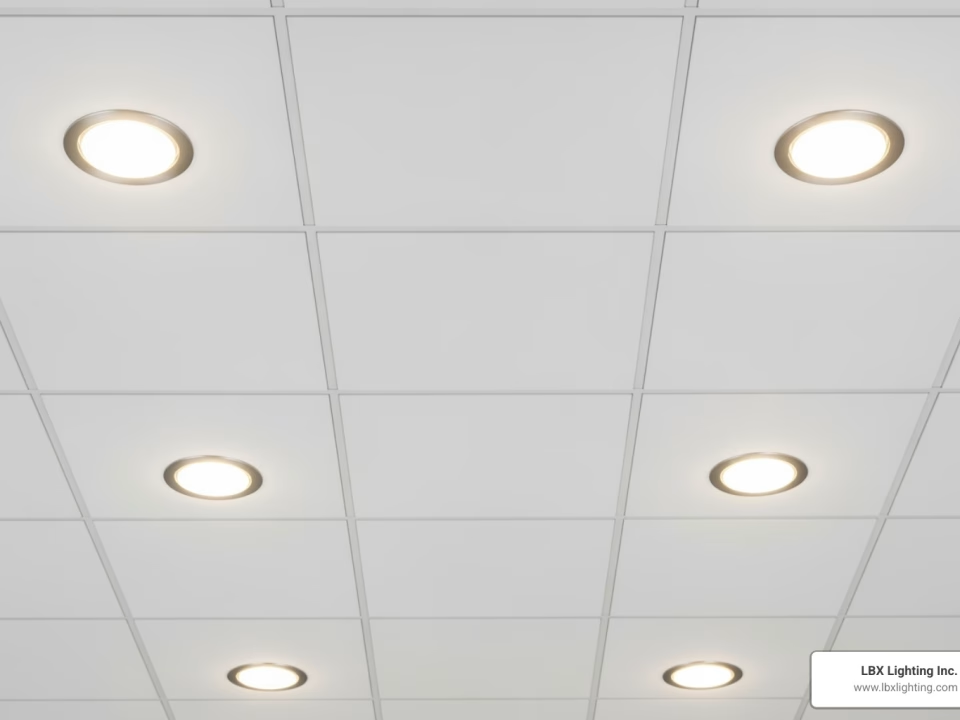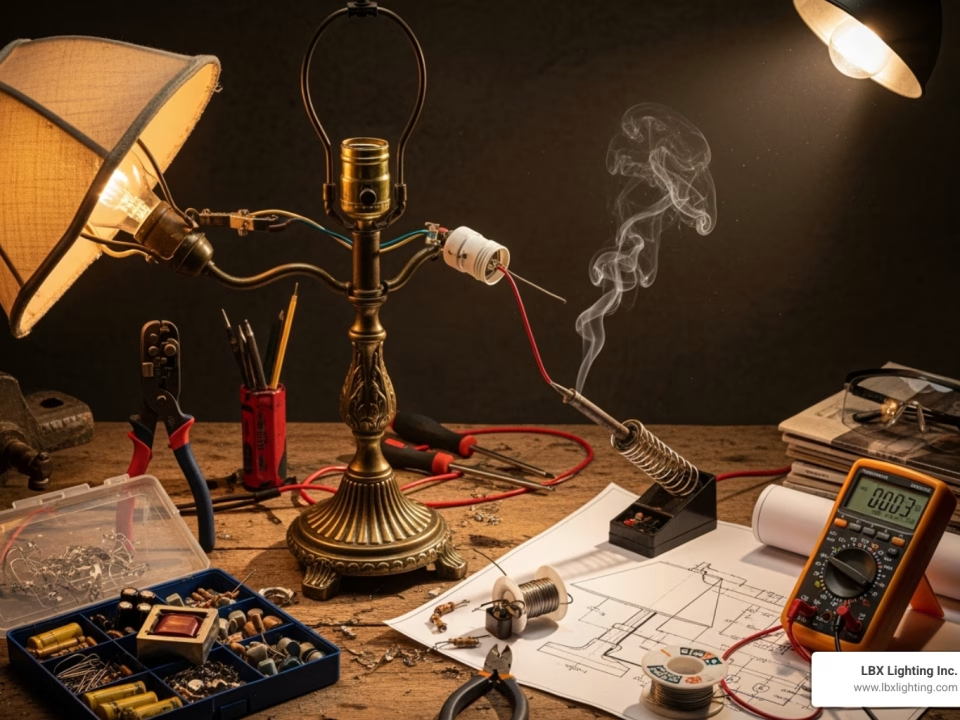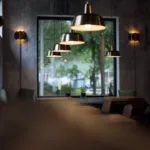
Top Dining Ceiling Lights Designs for Every Style
August 7, 2025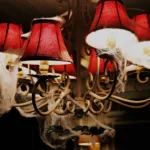
Retro Revival: Vintage Dining Room Light Fixtures for Every Taste
August 11, 2025Why Dining Table Light Design Matters
A well-chosen dining table light design can transform your eating area. It sets the mood for every meal, making guests feel welcome and at home. If you’re looking for quick answers on how to choose the best lighting for your dining table, here are the key factors:
- Size: Ensure the fixture’s diameter or length is proportionate to your table’s size.
- Height: Hang the bottom of the fixture about 30 inches above the table surface.
- Style: Match the fixture’s shape to your table’s shape (e.g., linear for rectangular, circular for round).
- Lumens: Aim for a total of 3,500 to 4,500 lumens for the entire dining room.
The right light does more than just illuminate; it lifts the whole dining experience. It helps create those special moments around the table, whether it’s a quick weeknight dinner or a festive gathering.
I’m Michael Eftekhar, and for over 30 years, I’ve helped clients in Houston find the perfect lighting solutions for their homes. At LBX Lighting, we’re dedicated to helping you master your dining table light design to create inviting and functional spaces.
Dining table light design basics:
Understanding Fixture Types and Styles
When starting on your dining table light design journey, the first step is to familiarize yourself with the different types of fixtures available. Each type offers unique aesthetic and functional benefits, impacting the overall ambiance of your dining space. Beyond simply illuminating, these fixtures contribute significantly to your room’s character.
Let’s explore some of the most popular options and how they typically align with various dining table shapes and design preferences:
| Fixture Type | Best For (Table Shape) | Common Styles | Key Considerations |
|---|---|---|---|
| Chandeliers | Round, Square | Traditional, Modern, Crystal, Waterfall | Creates a strong focal point. Size should be 1/2 to 2/3 of the table’s width. Best for rooms with higher ceilings. |
| Pendant Lights | All shapes, especially Rectangular/Oval (in multiples) | Contemporary, Industrial, Farmhouse, Minimalist | Versatile for single or multiple arrangements. Offers focused light and allows for creative height and placement. |
| Linear Suspension Fixtures | Rectangular, Oval | Modern, Contemporary, Minimalist | Matches the table’s length for even, end-to-end illumination. Ideal for a clean, streamlined aesthetic. |
| Flush and Semi-Flush Mounts | General room lighting | Varies widely | Provides ambient light in rooms with lower ceilings. Supplements the main fixture rather than serving as the primary table light. |
Choosing Your Fixture: From Chandeliers to Pendants
The journey to an exceptional dining table light design begins with selecting the right fixture type. Each brings its own charm and utility to the table, literally!
-
Chandeliers: These are the quintessential statement pieces for a dining room. From traditional multi-tiered designs to sleek, modern interpretations, chandeliers command attention. They are particularly well-suited for round or square dining tables, where their central placement can evenly distribute light and create a focal point. A classic crystal chandelier, for instance, offers a timeless look, with its cut glass catching and reflecting light, creating a warm and welcoming atmosphere. For those seeking something truly unique, a waterfall chandelier can offer unparalleled elegance and cast beautiful patterns throughout the room, especially effective in spaces with high ceilings. Crystal Chandeliers can truly transform a space into something magical.
-
Pendant Lights: Versatile and stylish, pendant lights offer a contemporary alternative or complement to chandeliers. They can be used individually or in multiples, making them adaptable to various table shapes. For rectangular or oval tables, a series of two or three pendants often provides more even illumination than a single central fixture. Their individual nature allows for creative customization of your lighting composition, letting you play with height and arrangement. You can explore a wide range of styles to find the perfect fit for your aesthetic. Pendant Light Fixtures offer immense flexibility in design.
-
Linear Suspension Fixtures: These fixtures are specifically designed for rectangular or oval dining tables. Their elongated form ensures light is distributed evenly across the entire table surface, eliminating dark spots and creating a cohesive look. Often sleek and minimalist, linear suspension lights blend seamlessly with modern and contemporary decor elements, enhancing your space’s clean lines.
-
Flush and Semi-Flush Mounts: While less common directly over a dining table, these fixtures are excellent for providing general ambient lighting, especially in dining rooms with lower ceilings where a hanging fixture might feel overwhelming. They sit close to the ceiling, offering unobtrusive illumination. They can also serve as accent lighting in larger dining spaces, complementing a central dining table light design.
The choice of fixture should balance aesthetic appeal with functional needs, ensuring your dining space is both beautiful and well-lit for every occasion.
Matching Lighting Style to Your Home’s Aesthetic
Your dining table light design is a crucial element in defining your dining room’s overall aesthetic and ambiance. The style of your lighting fixture should seamlessly integrate with, and improve, your home’s existing decor.
-
Modern: Modern lighting accepts sleek lines, minimalist forms, and metallic or geometric elements. It emphasizes functionality and simplicity, creating a clean, crisp look. Modern Chandeliers for Dining Table often serve as sculptural art pieces.
-
Farmhouse: This style evokes rustic charm with natural materials like wood, distressed metals, and simple forms. It creates a cozy, inviting atmosphere.
-
Industrial: Inspired by factories, industrial lighting uses raw elements like metal cages, Edison bulbs, and dark, matte finishes for a bold, edgy look.
-
Mid-Century Modern: Characterized by clean lines and organic shapes, this style blends natural and man-made materials. A Sputnik chandelier, for example, named after the first artificial earth satellite, creates a striking starburst effect, encapsulating the era’s retro-yet-contemporary charm.
-
Coastal: Light and airy, coastal lighting uses natural textures like rope or rattan and sea-inspired colors to bring a serene, breezy feel to your dining area.
The right lighting style can truly transform your dining area into a beautiful setting, making every meal feel special. It’s about finding that perfect blend where your lighting doesn’t just illuminate but also tells a story about your personal style.
Mastering the Art of Dining Table Light Design
The magic of a great dining table light design is in its proportions. A perfectly sized and placed fixture creates a warm, balanced glow that makes everyone feel welcome. When a fixture is too big, it overwhelms the table; too small, and it gets lost in the space. Getting the scale right is key to creating a harmonious and comfortable dining room.
How to Determine the Correct Size and Height
Think of sizing your dining light like finding the perfect pair of jeans—it’s all about the right fit for your specific table. The good news? There are some tried-and-true guidelines that take the guesswork out of the process.
For round and square tables, your fixture’s diameter should be about half to two-thirds of your table’s width. Here’s a simple trick: measure your table width and subtract 12 inches—that’s often the perfect chandelier diameter. So if you have a 48-inch round table, a 36-inch chandelier will look just right. Not too big, not too small, but perfectly proportioned.
Rectangular and oval tables need a different approach. Your linear suspension fixture or row of pendants should stretch across roughly two-thirds to three-quarters of your table’s length. This ensures even light distribution and creates that balanced look your eye naturally craves.
Now, here’s the golden rule that can make or break your dining table light design: the 30-inch rule. Your fixture should hang 30 to 36 inches above your table surface. This isn’t just a random number—it’s the perfect height where the light stays out of your sightlines during conversation but still feels connected to the table space. How High to Hang Chandelier Over Dining Table dives deeper into getting this crucial measurement right.
Ceiling height can throw a wrench into these guidelines, though. If you have soaring 12-foot ceilings, you might need a longer chain or rod to bring that fixture down to the proper height above your table. With lower 8-foot ceilings, make sure your fixture doesn’t violate that 30-inch clearance—nobody wants to duck around their dining light!
The key is trusting your eye along with the measurements. Scale and proportion matter more than rigid rules. A sleek, minimalist linear fixture can sometimes hang a bit lower than a grand, ornate chandelier because its visual weight is different.
Choosing the Right Dining Table Light Design for Your Table
Your table’s shape is like a compass pointing you toward the best lighting choice. Match them thoughtfully, and your dining room will feel perfectly composed. Fight against the natural pairing, and something will always feel slightly “off.”
Round tables are naturals for circular fixtures. A stunning chandelier or impactful pendant placed dead center creates that perfect bull’s-eye effect. The curves echo each other, creating visual harmony that just feels right.
Square tables work beautifully with either round or square fixtures. A central chandelier becomes the perfect focal point, drawing the eye upward while illuminating every corner of your table evenly.
Rectangular tables shine under linear suspension fixtures. These elongated lights mirror your table’s shape while ensuring no dark spots at either end. You can also create drama with two or three pendants marched down the center line—it’s like having a row of spotlights highlighting your dinner spread.
Oval tables follow the same logic as rectangular ones. Their elongated shape calls for linear fixtures or multiple pendants that complement those graceful curves while providing even illumination from end to end.
The bottom line? Linear fixtures over rectangular tables, circular fixtures over round and square tables—it’s a simple formula that works because it respects the natural geometry of your space. When your lighting choice echoes your table’s shape, everything clicks into place, creating that effortlessly neat look we’re all after.
Creating the Perfect Atmosphere with Light
The true magic of dining table light design comes alive when we think about how light can shape a room’s atmosphere. It’s not just about making things bright enough to see. It’s about layering different types of light, adding warmth, and giving you full control. Our goal is for your dining room to feel welcoming and adaptable, whether you’re having a quick breakfast or hosting a grand dinner party.
Layering Light for Depth and Functionality
A layered lighting approach is essential for a versatile dining table light design. It combines different light sources to add depth, eliminate shadows, and allow for mood adjustments.
- Ambient Lighting: This is the room’s overall illumination, usually from your main fixture like a chandelier or pendant. It sets the general brightness.
- Task Lighting: This is focused light for activities. Your main overhead fixture serves this purpose by lighting the tabletop for dining or homework. It should point downwards. For more targeted light, recessed lighting can be strategically placed.
- Accent Lighting: This adds visual flair and highlights features. Wall sconces add a soft glow, picture lights draw attention to art, and buffet lamps on a sideboard provide a charming, decorative touch. Even recessed lighting can be used to accent architectural details.
Combining these layers gives you full control. Use the main light for dinner, then dim it and use sconces and buffet lamps for a relaxed, after-dinner atmosphere.
The Technical Side: Lumens, LEDs, and Dimmers
Understanding a few technical terms will help you perfect your dining table light design.
- Lumens (Brightness): Aim for 3,500 to 4,500 total lumens for the entire dining room. This provides ample light for dining without being harsh, creating a balance of function and ambiance.
- Color Temperature (Kelvin): Choose bulbs between 2,700K and 3,000K. This range produces a warm, inviting glow that is flattering to both people and food, creating an intimate atmosphere. Avoid cooler, bluer lights (5000K+) which are better suited for workspaces.
- LEDs: We highly recommend energy-efficient LEDs. They offer significant energy savings, have a very long lifespan (meaning fewer bulb changes), and are versatile in color and brightness. Crucially, many LEDs are dimmable.
- Dimmers: A dimmer switch is essential for any dining table light design. It allows you to adjust the brightness for any occasion, from a bright family dinner to a soft, romantic glow. Ensure your bulbs are compatible with your dimmer. Many Stylish Pendant Lights offer dimmable features for ultimate control.
By mastering these elements, you can create a dynamic and inviting lighting scheme that fits your every need.
Finishing Touches and Common Pitfalls
The details in your dining table light design can make all the difference. They transform a functional space into a truly captivating one, inviting warm conversations and memorable meals. On the flip side, overlooking certain small aspects or falling into common traps can unfortunately diminish the impact of even the most beautiful fixture. But don’t worry, we’re here to help you shine a light on these crucial final touches!
The Impact of Finishes and Materials
The finish and material of your light fixture are powerful design elements that tie your room together. They should complement your dining table, chairs, and other hardware.
- Matte Black: Offers a modern, industrial, or minimalist vibe, creating a bold statement.
- Brass & Gold: These finishes add warmth, elegance, and a touch of luxury, fitting traditional, transitional, or mid-century modern styles.
- Brushed Nickel & Polished Chrome: Bring a sleek, contemporary feel that is versatile and refined.
- Wood & Rattan: Introduce organic texture and warmth, perfect for farmhouse, coastal, or bohemian designs. A Modern Rattan Pendant Light is a great example.
- Glass & Crystal: Provide transparency and sparkle, creating beautiful reflections and a sense of airy lightness.
Choosing the right finish ensures your dining table light design feels integrated and intentional.
Common Mistakes in Dining Table Light Design
Avoiding common missteps will ensure your dining table light design is both beautiful and functional. Here are the top 5 mistakes to avoid:
- Wrong Size Fixture: A light that is too small gets lost, while one that is too large overwhelms the space. Measure your table and follow the sizing rules to find the right proportional fit.
- Incorrect Height Placement: Hanging a light too high creates glare and feels disconnected, while too low obstructs views. Stick to the golden rule: 30 to 36 inches above the tabletop.
- Forgetting a Dimmer Switch: A dimmer is essential for controlling brightness and mood. Without one, you’re stuck with a single light level, which is rarely ideal for all dining occasions.
- Ignoring Layered Lighting: Relying on a single overhead light can create a flat, uninviting room with harsh shadows. Use a mix of ambient, task, and accent lighting for depth and versatility.
- Poor Bulb Choice: Bare, clear bulbs like some Edison styles can create harsh glare. Opt for bulbs with a warm color temperature (2700K-3000K) and fixtures that diffuse the light for a comfortable dining experience.
By being mindful of these points, you can create a dining table light design that is comfortable and effective.
Frequently Asked Questions about Dining Table Lighting
It’s natural to have questions when you’re perfecting your dining table light design! We often hear similar queries from our wonderful clients right here in Houston. So, let’s clear up some of the most common ones. Our goal is to help you feel confident in creating a dining space that truly shines.
How many lumens do you need for a dining room?
This is a great question, and it directly impacts how comfortable your dining room feels! For a well-lit dining room, we recommend aiming for between 3,500 and 4,500 total lumens. Think of lumens as the measure of brightness. This range gives you plenty of light for seeing your delicious meals and enjoying lively conversations, without making the room feel like a cafeteria. The real magic happens when you pair this brightness with a dimmer switch. That way, you can easily dial down the light for a cozier, more intimate dinner party or dial it up for family game night. It’s all about flexibility!
How high should a light be over a dining table?
This is perhaps the most important rule for a comfortable and stylish dining table light design! The bottom of your light fixture should hang approximately 30 to 36 inches above the tabletop. Why this specific height? Well, it’s a sweet spot. It’s high enough so that your guests (and you!) can see each other clearly across the table without the light blocking anyone’s view or causing glare. But it’s also low enough to make the fixture feel connected to the table, providing that focused, warm glow where you need it most. It truly helps create that inviting, intimate atmosphere.
Should a dining room light point up or down?
For the main fixture that hangs directly over your dining table, the light should definitely point down. This is crucial because its primary job is to illuminate the table surface itself – your food, your place settings, and everyone’s smiling faces! This direct light is what makes your dining area functional and inviting.
However, when we talk about other lights in the dining room, like accent lighting, things can change. For instance, wall sconces or picture lights often point upwards. They do this to create a soft, ambient glow that washes the walls or highlights beautiful artwork. This adds depth and warmth to the overall room without being harsh. So, while your main dining table light design needs to illuminate downwards, a mix of upward and downward light from different fixtures creates a truly layered and lovely space!
Conclusion
The power of light to transform a space is remarkable. A well-executed dining table light design does more than illuminate; it crafts a welcoming atmosphere where every meal becomes a cherished memory.
We’ve covered the essentials: choosing the right fixture type and style, mastering the rules of size and height, and layering light for the perfect ambiance. By understanding lumens, color temperature, and the importance of dimmers, you can avoid common pitfalls and create a dining space that is both beautiful and functional.
At LBX Lighting Inc., we truly believe the right lighting is essential for every home. As a Houston-based company, we’re proud to offer quality commercial and residential lighting products and services, backed by exceptional customer service, expert staff, and competitive pricing. We are passionate about helping our clients throughout Texas create spaces that truly shine.
Now that you’re equipped with this guide, we encourage you to envision the possibilities for your own dining space. Let your dining table light design be a statement of your personal style and a warm guide for every gathering.
Explore our complete collection of light fixtures for dining rooms and let us help you illuminate your dining dreams.


